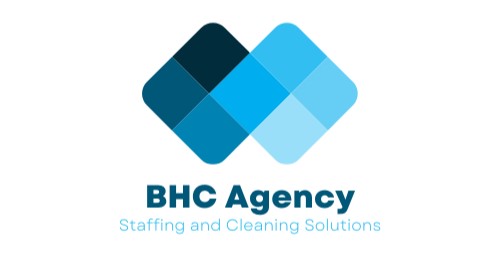As the new year unfolds, the need to achieve new goals arises. So, to ensure organisational success, it is important to have a good human resources plan. Crafting a robust human resources plan is pivotal to ensure the alignment of human capital with organisational objectives.
In any organisation, the HR department serves as the backbone, responsible for the overall well-being and success of its workforce. Here’s a guide on how to put together a solid human resources plan that fosters growth, productivity, and employee satisfaction.
Understanding the Purpose of an HR Plan
Before diving into the specifics, it’s crucial to comprehend the purpose of an HR plan. In general, this plan functions as a manual of actions executed over time, usually throughout a year, and includes strategies to enhance performance, satisfaction, and the work environment.
Essentially, it serves as a roadmap that outlines an organisation’s HR strategies and initiatives. It aligns HR activities with business objectives while addressing the needs of the employees.
Steps to Formulate an Effective HR Plan
1. Assess Current State and Future Needs
Begin by conducting a thorough analysis of the existing workforce. Assess the skills, competencies, and potential gaps within the organisation. Additionally, forecast future demands based on business projections, technological advancements, and industry trends.
2. Define Clear Objectives and Goals
Establish SMART (Specific, Measurable, Achievable, Relevant, Time-bound) objectives for the HR plan. Ensure these goals are in sync with the overall organisational strategy. Examples may include reducing turnover rates, enhancing employee engagement, or improving talent acquisition processes.
3. Develop Recruitment and Retention Strategies
Craft effective recruitment strategies to attract top talent. Utilise various channels, including social media, job boards, and networking events. In this phase, partnering with a staffing agency can be a good idea.
As agencies have expertise and a wider reach, this partnership can result in time and cost savings. Besides that, a recruitment agency can efficiently evaluate candidates, while you can focus on strategic initiatives.
Simultaneously, focus on retention by offering competitive compensation, career development opportunities, and a positive work culture. That way, your company can stand out from the competition and retain the best talents.
4. Employee Training and Development
Invest in continuous learning and development programs. Identify skill gaps and provide training to empower employees. This not only enhances their capabilities but also contributes to increased job satisfaction and employee retention.
5. Performance Management and Feedback Mechanisms
Implement robust performance management systems that provide regular feedback. Set clear expectations, offer constructive criticism, and recognize achievements. Encourage a culture of continuous improvement and growth.
6. Diversity, Equity, and Inclusion (DEI)
Integrate DEI initiatives into the HR plan. Foster an inclusive workplace that celebrates diversity and promotes equity among employees. Create policies and programs that ensure fair treatment and opportunities for all.
7. HR Technology Integration
Leverage technology to streamline HR processes. Implement HRIS (Human Resource Information System) software to automate administrative tasks, manage data efficiently, and facilitate better decision-making.
8. Monitor, Evaluate, and Adapt
Regularly monitor the progress of the HR plan. Collect feedback from employees and key stakeholders. Evaluate the effectiveness of implemented strategies and make necessary adjustments to ensure continuous improvement.
Conclusion
A well-crafted HR plan is instrumental in nurturing a thriving workforce and driving organisational success. By aligning HR strategies with business goals, fostering employee growth and engagement, and staying adaptable to changing landscapes, organisations can build a robust framework for sustained growth and prosperity.
Remember, an effective HR plan is not static but evolves in tandem with the organisation’s needs and the dynamic nature of the workforce. Commitment to continuous improvement and adaptability remains key to its success.

